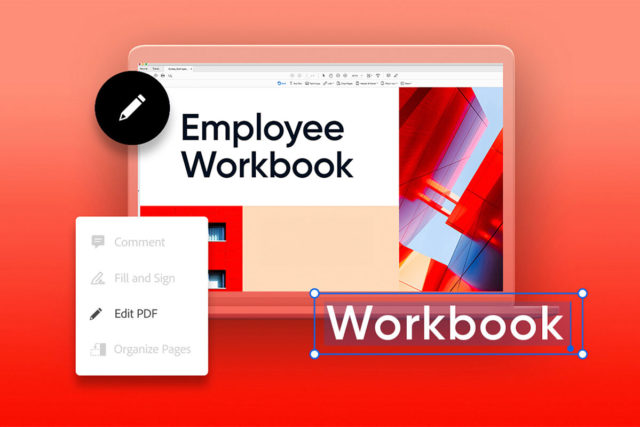The digital age has brought forth a multitude of advancements that have reshaped the way we live, work, and connect. However, these changes come with a unique set of challenges that are often overlooked. One such challenge is ensuring that every individual, regardless of their physical or cognitive abilities, can access and understand the wealth of information available online. This is the essence of digital accessibility. Among the various tools and resources that contribute to this, PDF editors play a vital, yet often underappreciated role.
Table of Contents
The Mighty PDF: More Than Just a File Format
The Portable Document Format (PDF) is a standard for document exchange. Its enduring appeal lies in its ability to preserve the look and integrity of a document across different platforms. However, the versatility of the PDF extends beyond just this. When utilized effectively, PDFs can be a powerful tool for fostering inclusivity in document management.
Inclusion through PDF Editors: A Silent Revolution
In the realm of digital accessibility, PDF editors are the silent revolutionaries. They provide the means to ensure that PDFs are not only readable but also navigable and understandable by all. The fundamental ability to edit PDF documents means that content creators can make their documents more accessible by adding features like alt text for images, bookmarks for easy navigation, and tags for screen readers.
Screen Readers and Alt Text: Bridging the Gap
For visually impaired individuals, screen readers are indispensable. These tools convert on-screen text into speech or braille output. However, they struggle with elements that are not text-based, like images or graphs. This is where the use of alt text comes in.
By using a PDF editor, one can add descriptions to these non-text elements, known as alt text, which screen readers can then interpret. This simple addition can make a world of difference, turning an otherwise incomprehensible document into an inclusive one.
Bookmarks and Tags: Navigating with Ease
For those with cognitive disabilities, large documents can be overwhelming and challenging to navigate. Bookmarks, made possible by PDF editors, can provide a clear, organized structure that simplifies navigation. This allows individuals to jump to specific sections of interest with ease.
Additionally, using a PDF editor to add tags to a document helps define its logical reading order and its structure. Tags provide information about the document elements and their hierarchical relationships within the document. These tags can be read by assistive technology, providing a roadmap that makes navigation easier and more intuitive.
The Importance of Fonts and Colours: More Than Meets the Eye
The ability to adjust fonts, colours, and contrast levels is another critical aspect of accessibility provided by PDF editors. For individuals with dyslexia or color blindness, the choice of font and colour can dramatically impact readability. Being able to customize these elements helps ensure that documents are easily readable by all.
Enhanced Security: The Overlooked Advantage
While our focus is on accessibility and inclusivity, it’s worth mentioning that PDF editors provide additional benefits that resonate with the broader audience. One such advantage is enhanced security. PDF editors allow the user to control who can view, edit, and print the document by applying permissions and passwords. This capability is particularly vital in the exchange of sensitive information, where restricting access is paramount. Despite this feature not being directly linked to accessibility, it certainly elevates the significance of PDF editors in document management.
Collaborative Editing: The Power of Teamwork
The collaborative capabilities of PDF editors further propel their importance in today’s digital environment. The ability to add comments, annotations, and feedback right within the document can streamline the workflow, especially in larger teams. These features aid in making content more accurate and engaging, ultimately leading to documents that are easier to read and understand by diverse audiences. This collaborative aspect underpins the idea of producing content that is not just readable, but also relatable and meaningful to everyone.
These technological leaps will not only enhance the user experience, but also set new standards for digital accessibility and inclusivity. Thus, PDF editors will undoubtedly play a crucial role in shaping our digital future.
Conclusion: Embracing Inclusivity in Our Digital Future
The role of PDF editors in promoting digital accessibility is an unspoken revolution. Their ability to provide an inclusive experience in document management is a testament to the advancements we’ve made in technology. While we are far from achieving total digital inclusivity, tools like PDF editors are important stepping stones in bridging the gap.
In an increasingly digital world, it’s imperative that we continue to prioritize and champion accessibility. We must understand and appreciate the value of tools like PDF editors that enable us to move toward an inclusive future where everyone has equal access to information. Only then can we say that we truly live in an accessible world.








